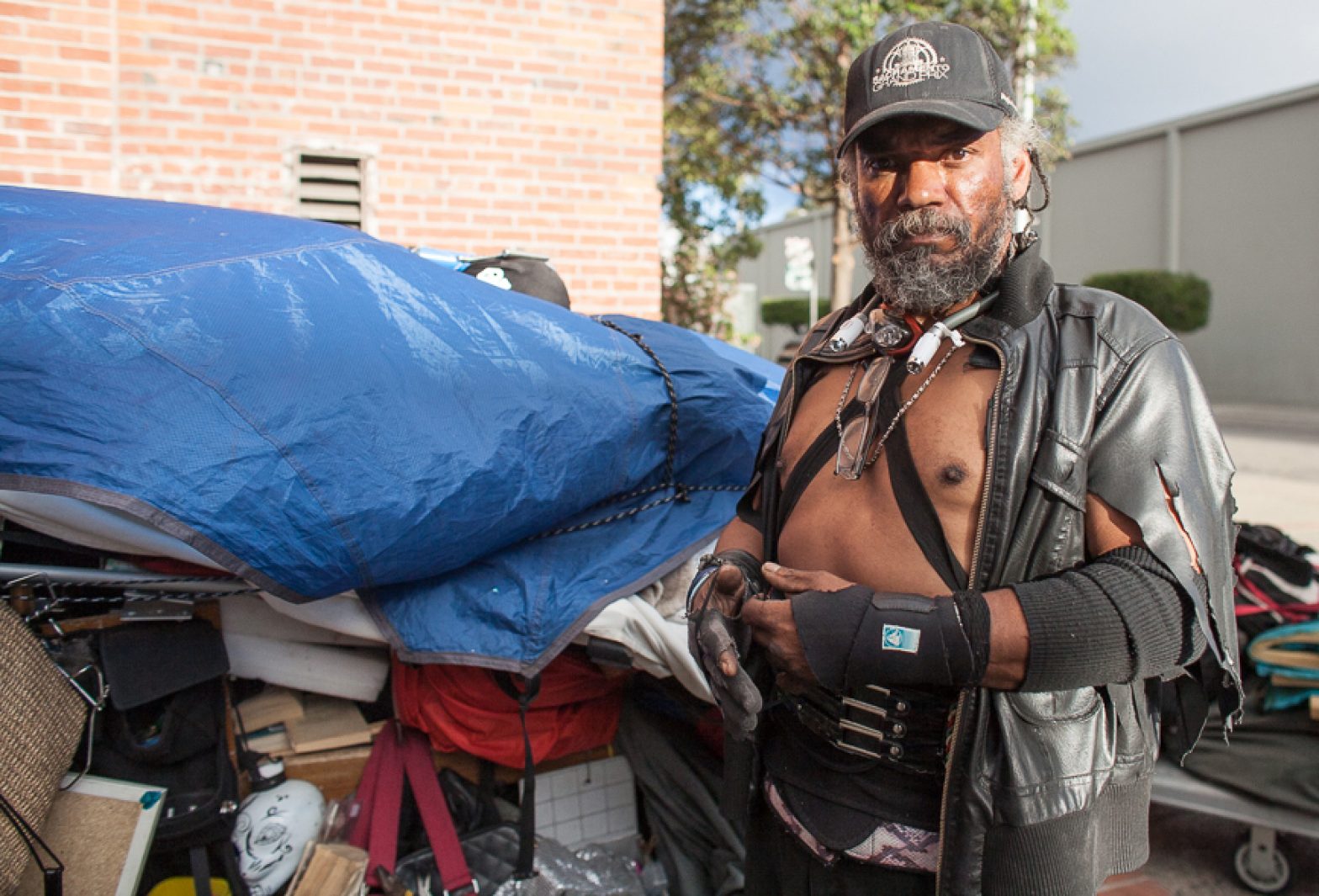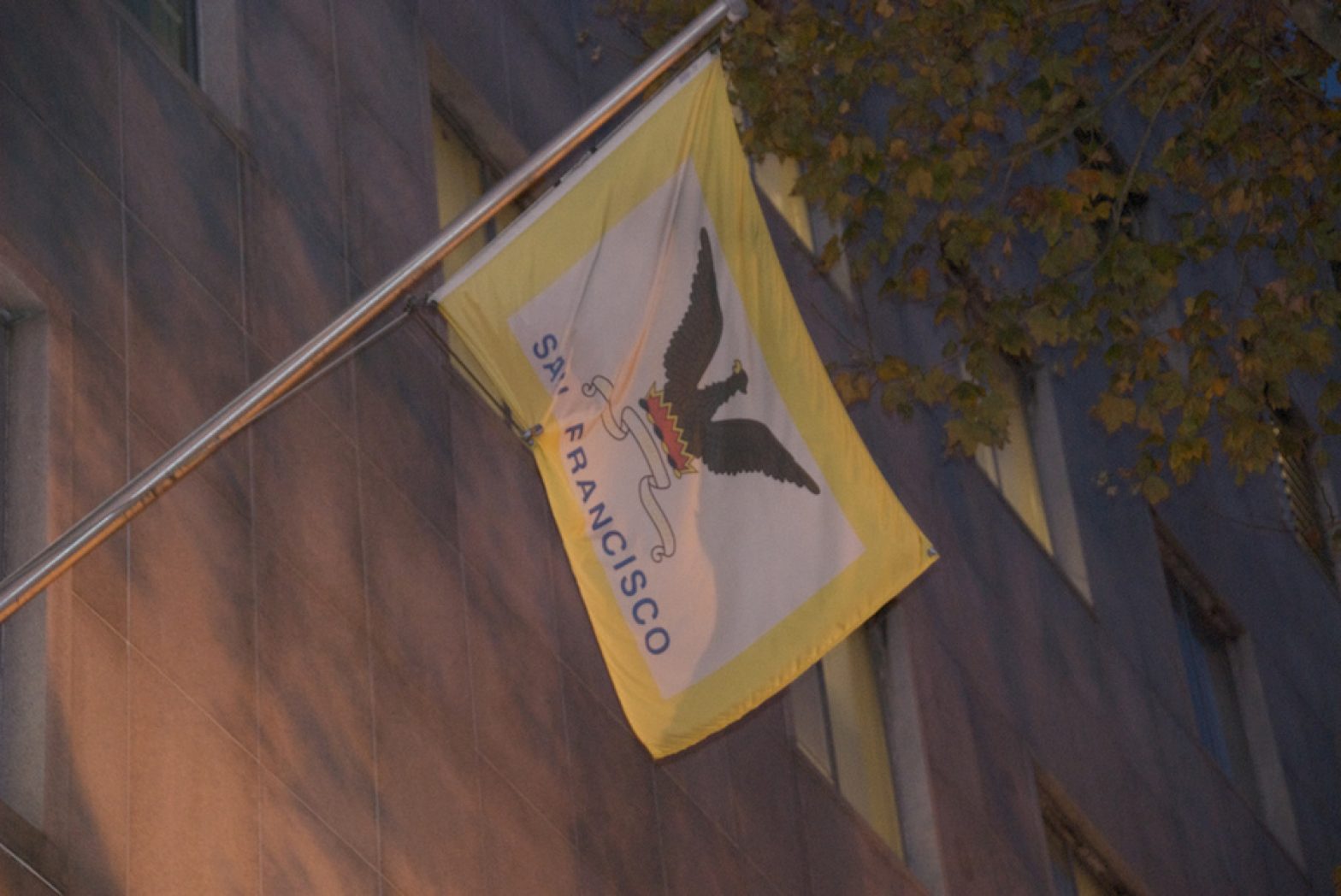Education
As Courts Flip-Flopped on School Integration, Diversity Has Remained Elusive
By 2005, when a federal judge lifted the most recent desegregation orders, San Francisco Unified School District had been trying for more than three decades to make its schools more racially and socioeconomically diverse, starting in 1971 with forced busing. San Francisco schools no longer exhibit the level of racial isolation they once did, but they are now resegregating, as are many others across the country. In 2013–2014, in more than one-quarter of city schools, 60 percent of the students were of one race. That is a far cry from 1966, when more than one-third of the schools had student populations with 80 percent or more belonging to a single racial group. (In 2014, just three schools were segregated to that degree.)


